Your Browsing History
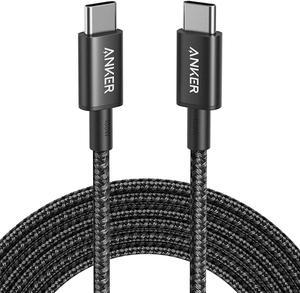
off w/ promo code DECE64, limited offer
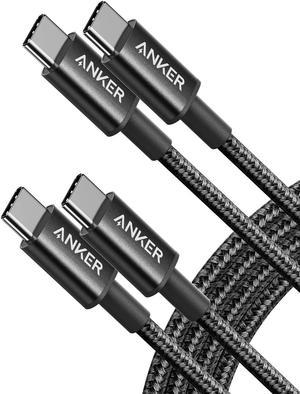
off w/ promo code EDE9384, limited offer
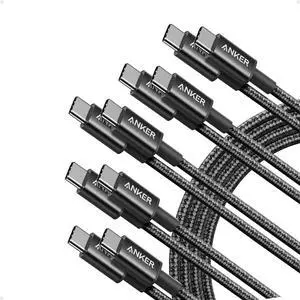
off w/ promo code EDE9428, limited offer
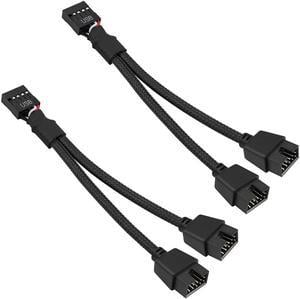
Limited time offer, ends 12/14
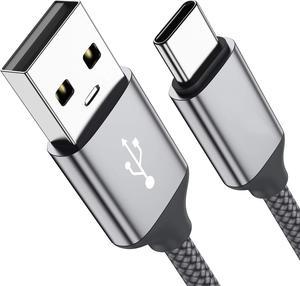
Limited time offer, ends 12/15
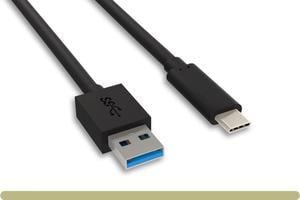
![Gold-plated USB 3.0 Extension Cable, [3 Pack 10ft] USB A Male to Female Extension Extender Cord 5Gbp High Data Transfer Compatible for USB Flash Drive, Keyboard, Printer, Xbox, Hard Drive and More Gold-plated USB 3.0 Extension Cable, [3 Pack 10ft] USB A Male to Female Extension Extender Cord 5Gbp High Data Transfer Compatible for USB Flash Drive, Keyboard, Printer, Xbox, Hard Drive and More](https://c1.neweggimages.com/productimage/nb300/BFMPS2304160JNTMGAD.jpg)
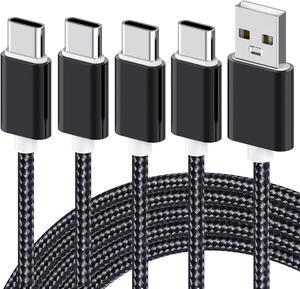
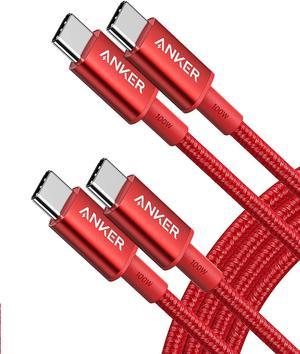
off w/ promo code EDE9422, limited offer
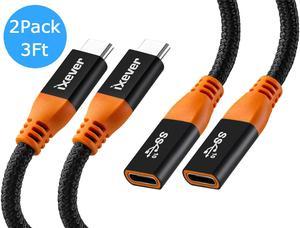
Limited time offer, ends 12/14
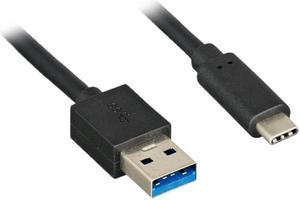
Limited time offer, ends 01/08
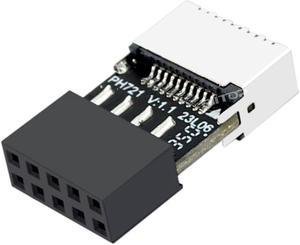
Limited time offer, ends 12/14
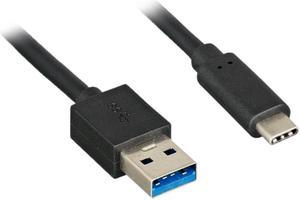
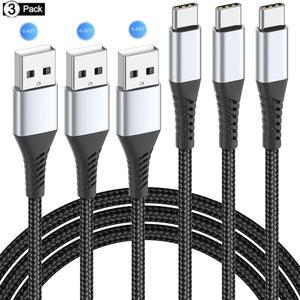
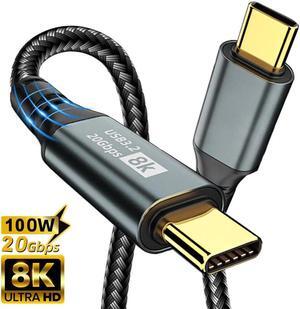
Limited time offer, ends 12/13
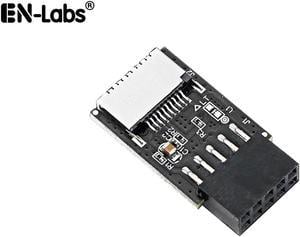
Limited time offer, ends 12/31
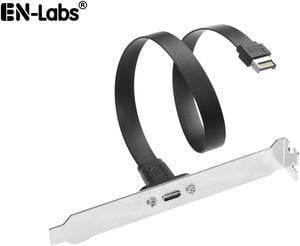
Limited time offer, ends 12/31
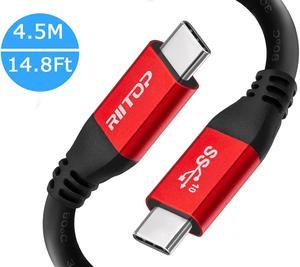
Limited time offer, ends 12/14
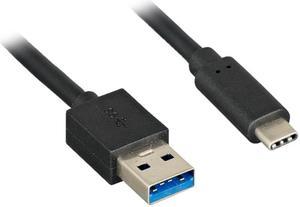
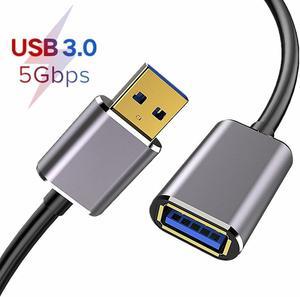

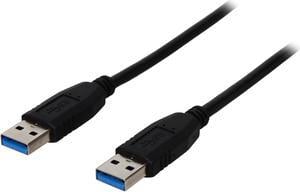
![USB C to C Cable 100W [5FT, 20Gbps], RIITOP USB 3.2 Type-C Gen 2x2 Cable with E-Marker (Thunderbolt 3 Compatible) Support PD Fast Charge / 4K Video Braided Cord for MacBook Pro, USB-C Monitor, SSD USB C to C Cable 100W [5FT, 20Gbps], RIITOP USB 3.2 Type-C Gen 2x2 Cable with E-Marker (Thunderbolt 3 Compatible) Support PD Fast Charge / 4K Video Braided Cord for MacBook Pro, USB-C Monitor, SSD](https://c1.neweggimages.com/productimage/nb300/ARE9S220801RsgTO.jpg)
Limited time offer, ends 12/14
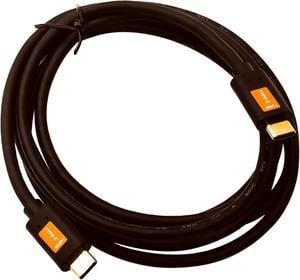
Limited time offer, ends 12/22
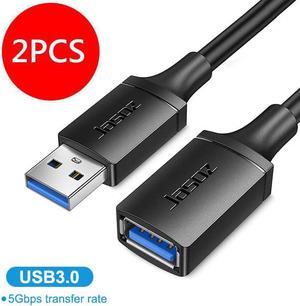
Limited time offer, ends 12/30
![3 Pack USB3.0 Extension Cable [10FT+10FT+10FT], USB 3.0 to USB 3.0 Cable USB Male to Female USB3.0 Extension Cord Compatible with Xbox, Keyboard, Mouse, USB Flash Drive, Printer, Camera and More 3 Pack USB3.0 Extension Cable [10FT+10FT+10FT], USB 3.0 to USB 3.0 Cable USB Male to Female USB3.0 Extension Cord Compatible with Xbox, Keyboard, Mouse, USB Flash Drive, Printer, Camera and More](https://c1.neweggimages.com/productimage/nb300/BFMPS2305170O392L2F.jpg)
Limited time offer, ends 12/30
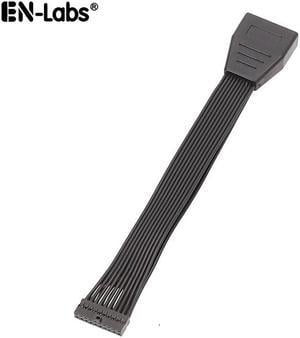
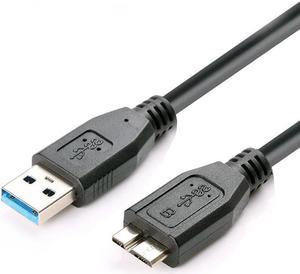
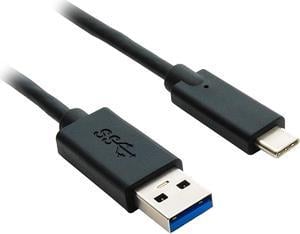
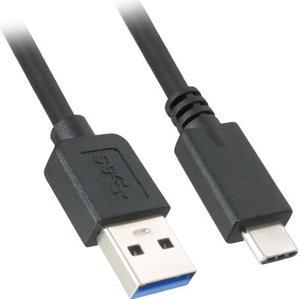
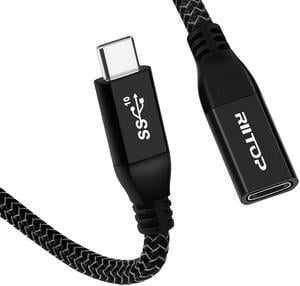
Limited time offer, ends 12/14
![USB Type C Cable 3A Fast Charging [2-Pack 6ft], Hannord USB-A to USB-C Charge Braided Cord, USB C Charger(Black) USB Type C Cable 3A Fast Charging [2-Pack 6ft], Hannord USB-A to USB-C Charge Braided Cord, USB C Charger(Black)](https://c1.neweggimages.com/productimage/nb300/APY9S210127RNlNQ.jpg)
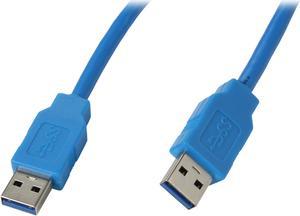
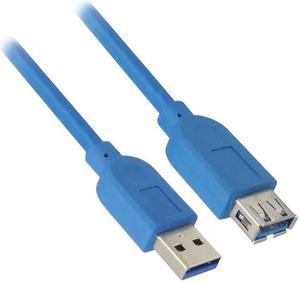
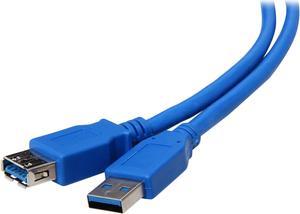
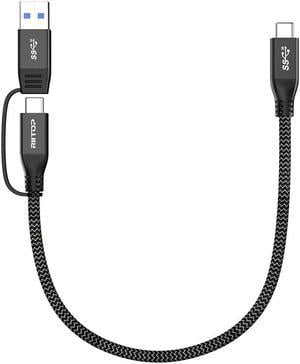
Limited time offer, ends 12/14
USB cables and adapters power cell phones and tablets, connect devices to networks, transfer data and more. For example, a USB-to-HDMI cable allows you to use the USB port on a smart TV to connect to the HDMI port on a satellite box. These types of HDMI cables, adapters and converters are useful for connecting to or transferring data from older devices to newer ones.
The most common use for USB cables in recent years is to charge or transfer data from mobile devices. While power plugs and cables were once a single unit, they're now separate units to make connecting your devices to computers, kiosks or printers easier. There are USB connectors available for transferring data from a variety of mobile operating systems including iOS™, Android™ and Windows®. One end of the USB has the proper head end for the designated device and the other has a USB 2.0 or 3.0. The USB can attach to power adapters, laptops, TVs and any other devices with compatible hardware and software. Apple® products often use 2M USB cable-to-lightning cables for fast charge times and upload speeds for data transfer. The two primary USB 2M cable options for iOS devices are 6 and 8-pin headends. USB 2M cables are also available with micro USB, FireWire™ and multiple headends from name-brand and OEM manufacturers.
Back up your gaming history, photos or mobile device data on to mass storage devices using USB or SATA cables with the proper headends. USB 2.0 A-to-B cables offer speedy connections between devices that both use USB ports to transfer data. Computers and gaming systems use SATA and eSATA cables to connect external drives like USB mass storage devices. Other external storage options include hard disk drives, solid-state drives and optical drives like Blu-ray, DVD and CD-ROM.
Fast network connection upload and download speeds are vital to gaming, streaming video and surfing the web. Use network Ethernet cables like CAT6 cables, which are capable of reaching speeds up to 250MHz, to receive fast speeds for video streaming services. Check the speeds that your Internet service provider offers, anything from 100MHz or below only requires a CAT5e cable. USB network adapters can connect devices wirelessly so you can convert older desktop computers into Wi-Fi-compatible devices. USB wireless dongles also work on Smart TVs that don't come with built-in wireless adapters, only USB or Ethernet ports. Newegg also carries various fiber optic networking cables and supplies to provide you with the fastest network options available. Choose from duplex and multi-mode fiber optic cables in a variety of lengths, headends and colors to complete your home or office networking connections. Color-coding different cables can help make it easier to troubleshoot connection issues down the road.
“ I would certainly recommend this cable to anyone looking for a quality USB C to USB C cable that is capable of high speed data transmission and fast charging. ”
USB C to C Cable 100W [5FT, 20Gbps], RIITOP USB 3.2 Type-C Gen 2x2 Cable with E-Marker (Thunderbolt 3 Compatible) Support PD Fast Charge / 4K Video Braided Cord for MacBook Pro, USB-C Monitor, SSD“ -Allowed my 8th gen system to use the USB C port on the case. ”
Motherboard Internal USB 3.0 20Pin/19P Header to Type-E A-Key USB 3.1 20 Pin Adapter for Type C Front Panel Chassis Bracket (Straight Type)“ I would recommend this product to anyone needing reliable USB_C to USB-3 a cbale. ”
StarTech.com USB to USB C Cable - 3 ft. / 1m - 10 Gbps - USB-C to USB-A - USB 3.1 Cable - USB Type C (USB31AC1M)“ Allowed me to get my usb c port functional. ”
USB 3.0 Header Extension Cable, 19/20 Pin 1 to 2 Y Splitter Internal Extension Adapter DIY(5.9 inch)